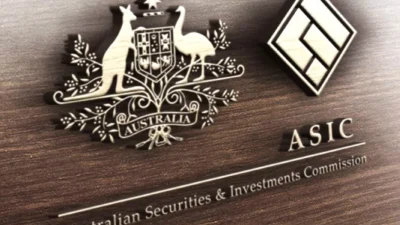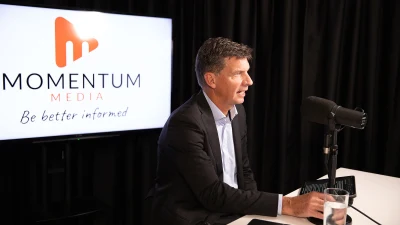Market Vectors suggests ETFs as SMSF option


Australian self-managed super funds (SMSFs) can take action to avoid poor real returns on cash investments, which represent nearly 30 per cent of all SMSF assets, according to Arian Neiron, managing director of Market Vectors Australia.
"SMSFs should consider diversifying their investments with ETFs (exchange traded funds) to build their wealth over time, rather than seeing the value of their cash eroded by tax and inflation," he said.
"With interest rates falling to the lowest in years, and Australia's inflation rate rising in recent times, the real returns on cash are falling."
In urging SMSFs to consider greater diversification within their portfolios, Neiron noted that SMSFs invested $154.1 billion in cash and term deposits as at September 30 2013, a figure which represented 29 per cent of all SMSF assets.
"As well as term deposit investments, SMSFs have a wide range of listed investment options such as ETFs which can be used as a long-term growth strategy, or to gain short-to-medium term equity market exposure while deciding where to put funds longer term," he said.
In relation to Australian shares - an asset class representative of approximately 33 per cent of all SMSF assets, according to the Australian Taxation Office's latest round of statistics - Neiron advised similar diversification.
"The Australian market is deeply concentrated with the top five securities accounting for almost 40 per cent of the market," he said. "This concentration is also reflected in SMSF portfolios.
"Historically, SMSFs have invested in only a small number of shares, favouring large-cap companies (but) the result is increased concentration risk through lack of diversification."
Indeed for Neiron, such an approach can lead to a risk profile that is actually higher than many trustees realise.
"An ETF can offer diversified exposure across a range of markets, companies and sectors, which SMSFs may overlook, but may reduce overall equity risk in their portfolios," Neiron concluded.
Originally published by SMSF Essentials.
Recommended for you
Online investment adviser and fund manager Stockspot has introduced Stockspot Super, Australia’s first 'ETF only' superannuation product. superannuation product.
ASIC has called on superannuation funds to improve their oversight of advice fee deductions following an investigation of 10 trustees that found $990 million was charged in one year.
With just 30 per cent of Australians knowing their superannuation balance to the nearest $1,000, Findex has emphasised the role of financial advice in addressing the critical super knowledge gap.
Underestimating the cost of insurance by almost $75,000 in a Statement of Advice is among multiple reasons that a relevant provider has faced action from the FSCP.















